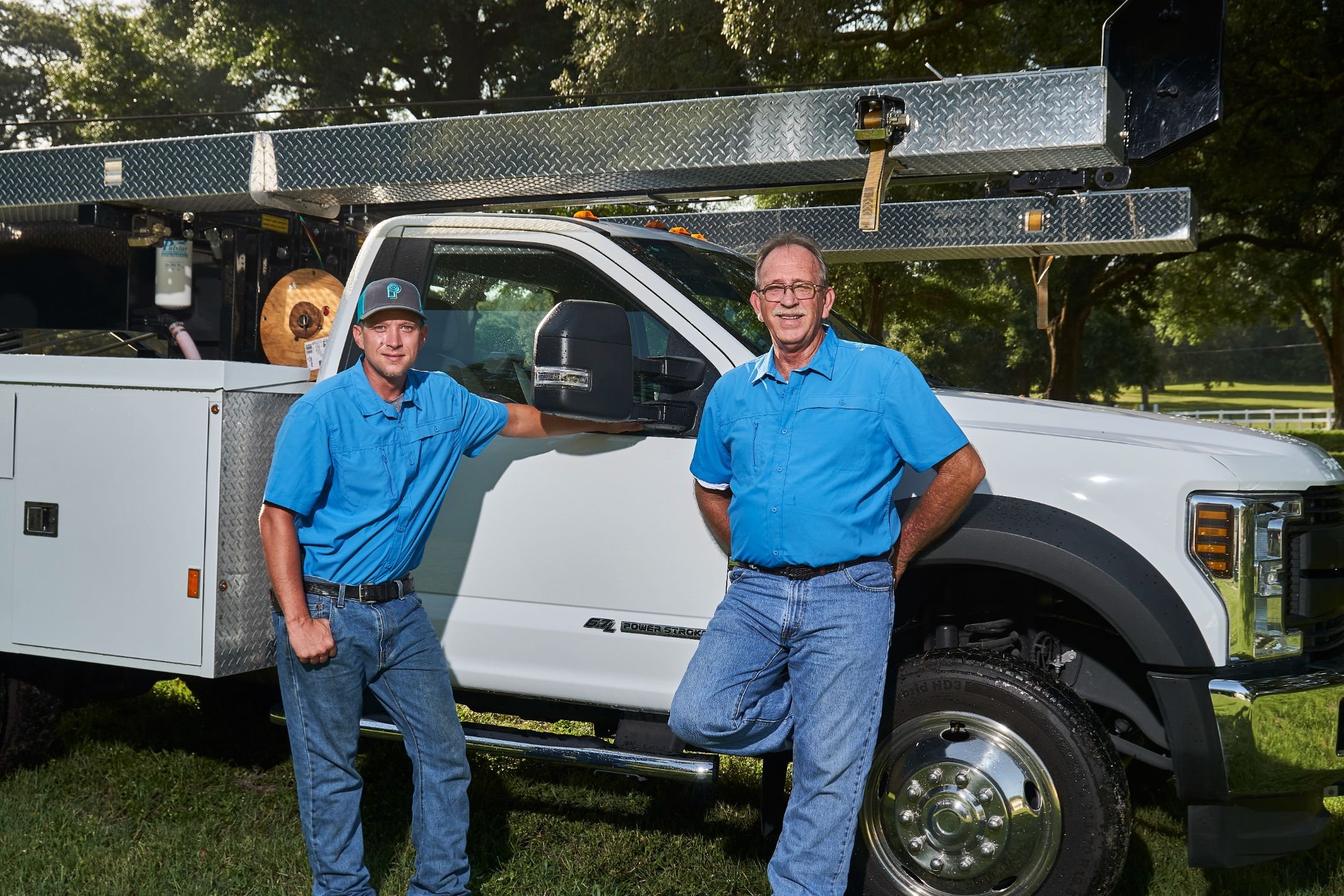
Well Sleeving Service in Apopka, FL
Well sleeving service is essential for maintaining a well’s structural integrity and functionality. It involves installing a liner into the existing well casing to reinforce and protect it. This service is particularly useful for wells experiencing issues such as corrosion, cracks, or other structural weaknesses.
An initial inspection of the well casing takes place to evaluate its condition and determine the need for sleeving. The well is then cleaned to remove any debris or sediment obstructing installation. After cleaning, the sleeve is carefully inserted into the well casing. This liner is usually made of long-lasting materials like stainless steel or PVC, which provide long-lasting protection against corrosion and other damages.
Well sleeving reinforces a well’s structural integrity and helps maintain water quality. By preventing contaminants from entering the well, sleeving safeguards the water supply. Additionally, it helps improve water flow and pressure, as the inner liner provides a smooth pathway for water movement.
Professional well sleeving services use advanced techniques and equipment to provide precision and efficiency. This approach minimizes disruption to the well’s operation and extends its lifespan. Regular maintenance and timely sleeving can prevent major repairs and keep the well functioning optimally.
In Apopka, FL, Pump Repair Services offers expert well sleeving services. Their team of skilled professionals provides reliable solutions to enhance the durability and performance of wells, providing a safe and clean water supply for any need.
Importance of Well Sleeving
-
Maintaining a well’s structural integrity is crucial for its longevity and functionality. Well sleeving provides an additional layer of protection against external factors that may compromise the well casing. This service helps preserve the well’s structure, preventing potential collapses or failures that could disrupt the water supply and require costly repairs.
-
Well casings can suffer from deterioration and physical wear due to environmental factors and natural wear and tear over time. Well sleeving acts as a barrier, shielding the casing from corrosive elements and physical impacts. This preventive measure helps maintain the well’s efficiency and diminishes the need for frequent upkeep or replacements.
-
By reinforcing the well casing with sleeving, the overall lifespan of the well infrastructure is significantly extended. This service addresses existing weaknesses and prevents future damage, allowing the well to function longer. The investment in well sleeving can result in substantial savings by reducing the frequency of major repairs or replacements.
-
Adhering to regulatory standards is essential for the operation and maintenance of wells. Well sleeving helps meet these standards by addressing potential issues that could lead to non-compliance. Proper sleeving practices contribute to the well’s overall safety and functionality, aligning with local and state regulations to avoid legal complications and fines.
OUR REVIEWS
Our goal is to provide the best service and customer experience.
Signs of Damaged Well Sleeving
-
Corrosion or Rust on Casing
The appearance of deterioration or rust on the well casing indicates damage to the sleeving. These signs suggest the protective barrier is compromised, allowing external elements to deteriorate the casing. Promptly addressing corrosion can prevent further damage and maintain the integrity of the well structure.
-
Visible Damage or Deterioration
Observable cracks, breaks, or other forms of damage on the well casing indicate that the sleeving is no longer effective. If not fixed, such damage can lead to more severe structural issues. Regular inspections can help identify visible damage early, allowing for timely interventions to restore the well’s integrity.
-
Decreased Water Quality
A decline in water quality, such as increased sediment or contamination, may signal problems with the well sleeving. Compromised sleeving can allow external pollutants to enter the well, affecting the water supply. Keeping the sleeving intact is critical for preserving clean and safe water for consumption and use.
-
Structural Instability
Damaged or inadequate sleeving can result in shaky well structures, including shifts or movements. This poses significant risks to the well’s operation and safety. Monitoring for signs of instability and promptly addressing sleeving issues can help maintain a stable and secure well infrastructure.
-
Unexplained Water Loss
Sudden or unexplained loss of water from the well may indicate a breach in the sleeving. Leaks or gaps in the protective barrier can cause water to escape, reducing the well’s efficiency. Identifying and repairing these breaches can restore proper water levels and improve the well’s performance.
Well Sleeving Installation Process
-
The installation process starts with a detailed examination and review of the well’s current condition. This step involves evaluating the well casing for any existing damage, corrosion, or structural weaknesses. Based on the assessment, a suitable sleeving solution is determined to address the well’s specific needs.
-
Choosing the appropriate sleeving material and size is critical for effective protection and reinforcement. Materials like stainless steel or PVC are typically used due to their durability and antagonism to corrosion. The sleeve size is selected to fit securely within the existing well casing, providing optimal support and protection.
-
The actual installation involves carefully inserting the selected sleeve into the well casing. Advanced techniques and equipment are used to position the sleeve accurately and securely. This process may include sealing the sleeve in place to prevent movement and achieve a tight fit, enhancing the overall stability and protection of the well.
-
After installation, quality verification and testing take place to verify the effectiveness of the sleeving. This includes checking for proper fit, confirming no leaks or gaps are present, and assessing the overall stability of the well structure. These tests confirm that the sleeving installation meets the required standards and provides the intended protection and reinforcement.
For reliable well sleeving services in Apopka, FL, and surrounding areas, contact Pump Repair Services. Their skilled team provides expert solutions to reinforce and protect a well, providing optimal performance and longevity.
